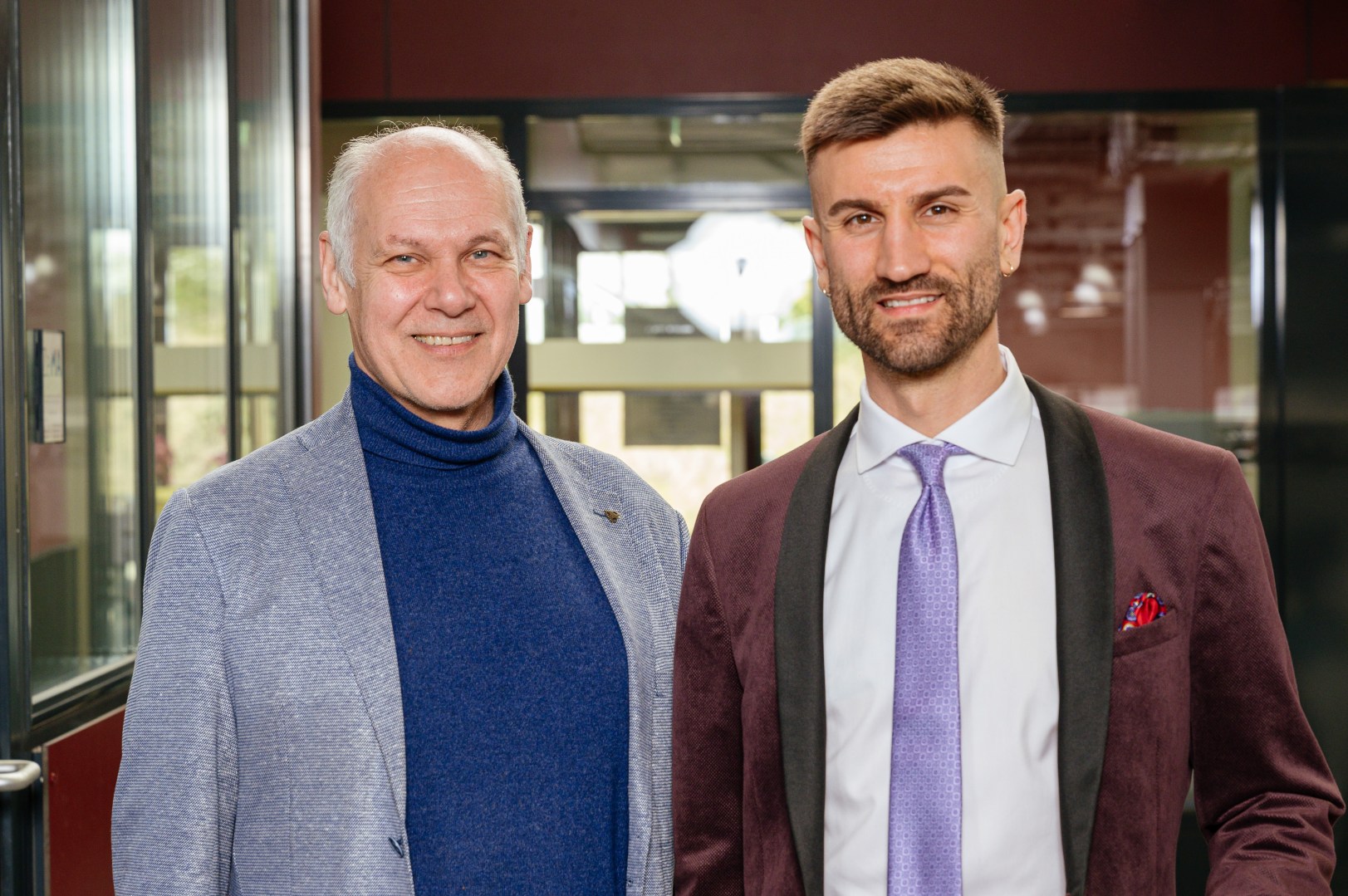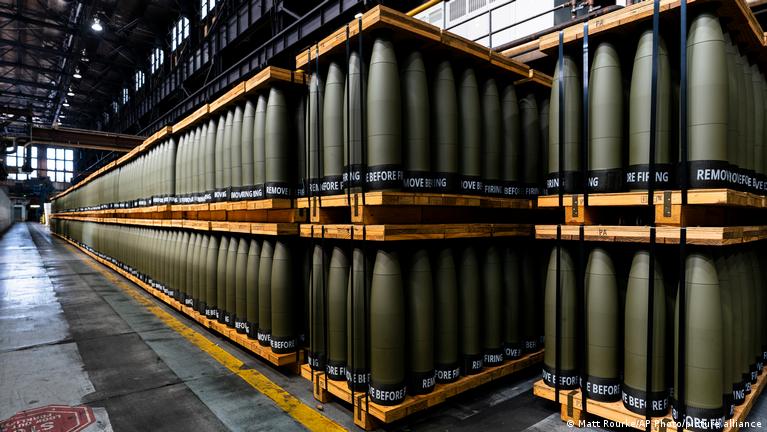Meet ADAM: An advanced personal robotic partner for elderly support
By subscribing,巴西棋牌推流博主 you agree to our Terms of Use and Policies You may unsubscribe at any time.
Today’s society grapples with a significant challenge: the rapid aging of its population. While life expectancy rises, the quality of life only sometimes keeps pace. With an increasing number of individuals needing cognitive or physical support, emerging technologies offer hope.
Meet ADAM, a domestic assistant robot jointly developed by researchers at Spain’s Universidad Carlos III and the manufacturer Robotnik. Its modular design and adaptability make it ideal for indoor environments. According to the team, the robot is equipped with vision systems and grippers, and ADAM easily performs various physical tasks.
Featured Video RelatedADAM goes beyond being a tool with its respect for personal space and collaborative learning. Researchers emphasize it’s not just an assistant but a genuine partner committed to enhancing the quality of life for those in need.
The details of the team’s study were published in the journal Frontiers.

Frontiers in Neurorobotics
Advanced capabilities
Comprising a perception system, a mobile base, a torso, two arms, and two grippers, the robot stands at a total height of 160 cm and occupies a width of 50 cm when its arms are at rest. These components are assembled from independent commercial modules, forming a cohesive robot structure.
Notably, the robot is entirely modular, allowing its parts to function independently or in unison. Furthermore, it operates autonomously, powered by batteries housed in its base, facilitating movement for both the base and arms. Additionally, it can accommodate supplementary sensors like cameras or 3D LiDAR sensors to enhance its capabilities.
The robot’s capabilities span from human awareness to environmental comprehension. Firstly, the robot demonstrates human awareness through sensor integration, ensuring it detects individuals in its vicinity to prevent collisions and minimize inconvenience during tasks. According to researchers, its learning capabilities extend beyond pre-programmed functions. Users can impart new tasks through perception systems or collaborative interactions with its arms, such as teaching it floor cleaning techniques.
Developing a perception system enables the robot to detect, recognize, and locate objects in its environment, enhancing task execution accuracy. Furthermore, the robot’s adaptability is heightened by its capacity to navigate complex scenarios autonomously, distinguishing between rooms and maneuvering through challenging spaces like doorways.
Leveraging these capabilities, ADAM caters to the needs of older people by undertaking a spectrum of household chores. According to the team, from fetching items upon request to learning and executing cleaning routines, it operates seamlessly within existing environments, offering invaluable assistance in the comfort of their homes.
Encouraging results
This project yielded promising outcomes across various domains of study. Firstly, elderly individuals who engaged with the multi-robot system expressed high satisfaction with the domotic systems and the interaction facilitated by the assistive and ADAM robots, particularly in aiding kitchen tasks.
Secondly, employing a multi-robot system proved highly efficient; while the assistive robot engaged with users, ADAM operated concurrently, mitigating potential user frustration due to task delays. Thirdly, direct interaction between ADAM and real users was observed, demonstrating seamless integration within household activities. Although user satisfaction rates averaged 93 percent, these findings are based on controlled laboratory settings and require validation in real-world domestic environments. Future tests aim to ascertain genuine user satisfaction under realistic conditions, according to researchers.
Future advancements in the ADAM robot will prioritize hardware enhancements and software development to maximize its potential in vision, manipulation, and navigation. According to the team, this entails introducing a robotic neck to accommodate vision sensors, enabling automatic viewpoint adjustments, redesigning the arms to expand the workspace, and integrating robotic hands for precision grasping tasks.
Additionally, leveraging 3D information to create safer environment representations and real-time configuration models will be a key focus. Furthermore, researchers assert that implementing new task and motion planning strategies aims to enhance ADAM’s capability to handle complex household chores, solidifying its role as a comprehensive companion for elderly care.
(责任编辑:探索)
- ·Claude Choules, 1901
- ·This Bill Could Help Alleviate Agriculture’s Labor Shortage
- ·Harvard University Removing Human Skin Binding From Book
- ·Lunar time capsule to store ‘essence of humanity’ on 24 sapphire discs
- ·Fresh Hell
- ·US Secretly Approves Arms To Israel Worth Billions
- ·Philip Seymour Hoffman, 1967
- ·Can the world’s megacities survive the digital age?
- ·Brazil’s crisis is a ‘graduation dilemma’, and there’s no easy way out
- ·The science behind Wi
- ·Against the Imposters
- ·Ralph Kiner, 1922
- ·Marian McPartland, 1918
- ·States Mull Limits on Foreign Ownership of Farmland
- ·World's first high
- ·Alaskan Salmon Face a Stream of New Mines
- ·Garrick Utley, 1939
- ·Catching reusable space rockets with tight
- ·Wildfires are raging in the Mediterranean. What can we learn?
- ·Up and Down the East Coast, Farmers Work to Rebuild After Hurricanes











